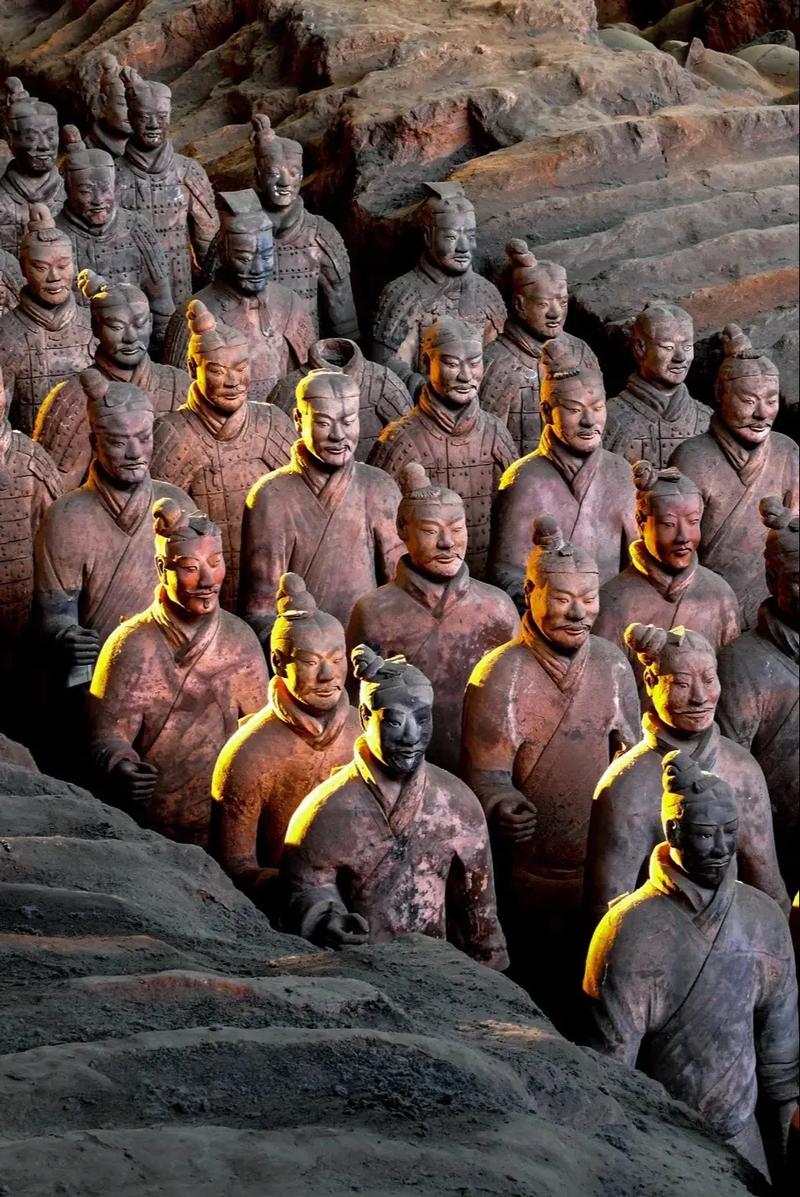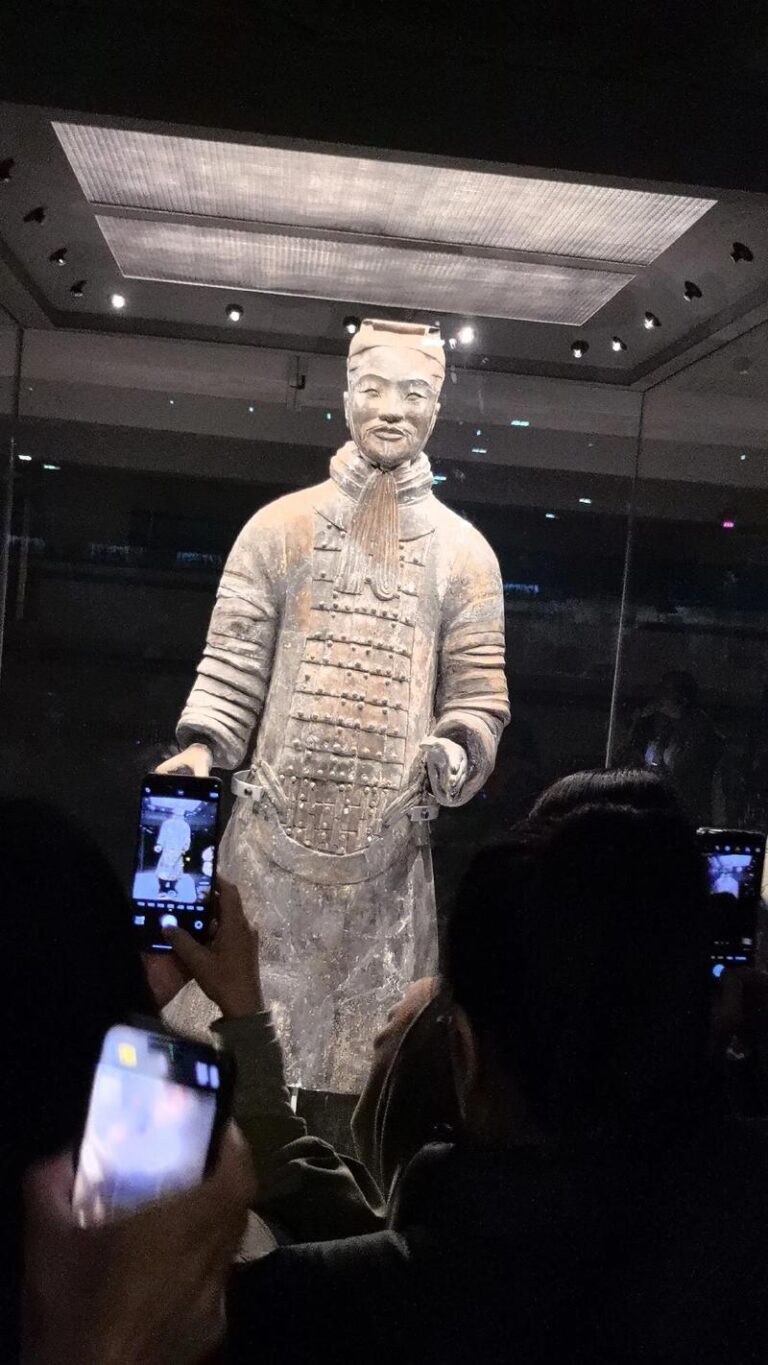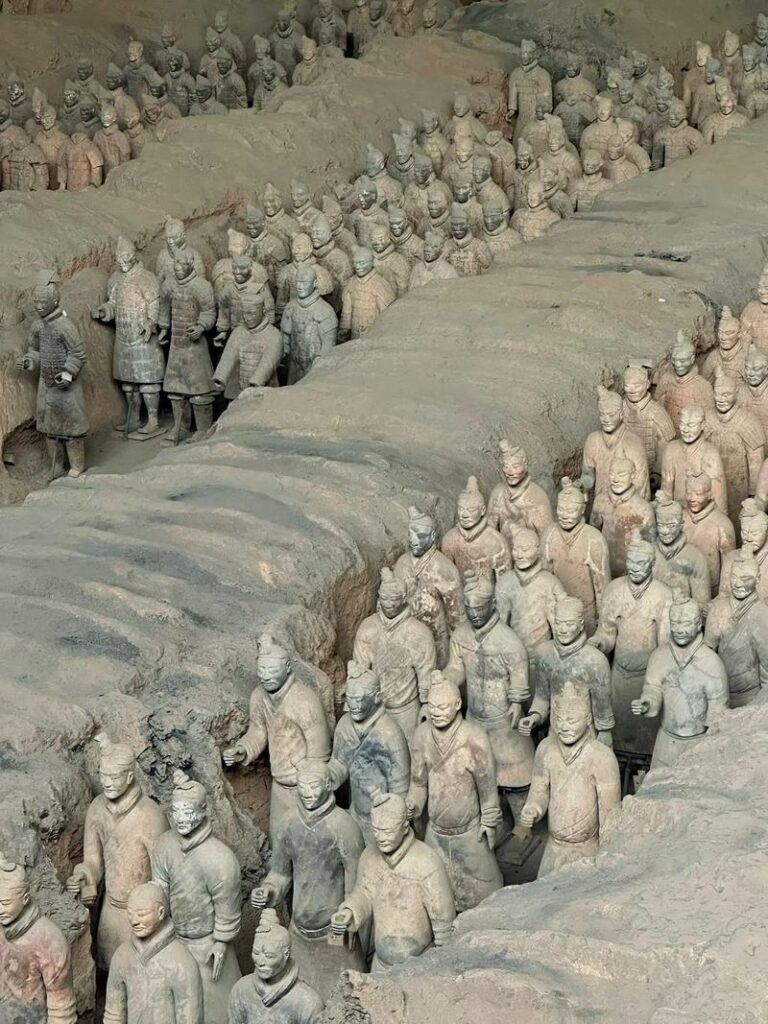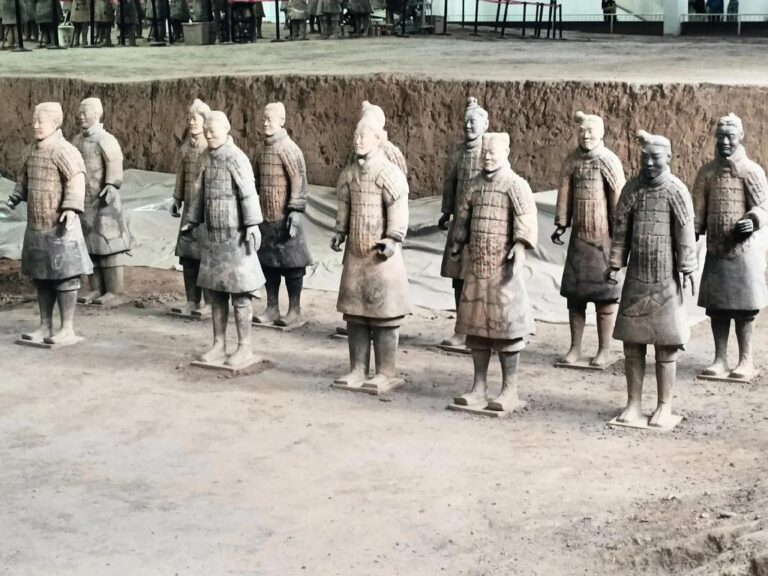Was the Terracotta Army found by accident?
The Terracotta Warriors: Lucky Accident or Destiny? A Story for American Travelers
In March 1974, a terrible drought hit Lintong County in northwest China. Farmer Yang Zhifa and his brothers took shovels to their pomegranate orchard outside Xiyang Village, hoping to dig a new well. When Yang’s shovel hit 10 feet deep, he heard a hollow thud—and a clay head rolled out, staring straight at the sky. That moment changed how the world sees Chinese civilization.
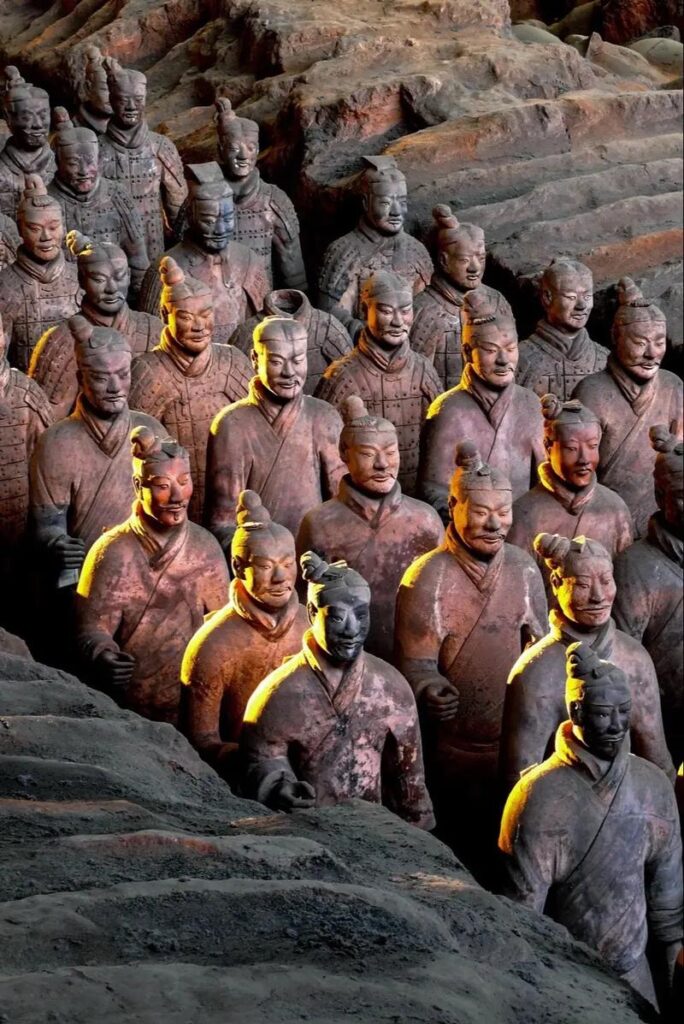
Chapter 1: The Drought That Changed History
- Disaster leads to discovery: After 8 months without rain, the land cracked like turtle shells. Desperate villagers dug deeper than usual (the water table here is normally 13-20 feet down).
- “Clay ghosts” scare locals: Superstitious villagers called the fragments “Wa Shenye” (clay ghosts). They laid them on field ridges “to apologize,” burning incense and kneeling.
- Bike rescue mission: Local cultural officer Zhao Kangmin pedaled over on his bicycle. He paid 30 yuan (about $18 then) for three cartloads of fragments—not knowing they were priceless treasures.
Was this pure luck? History gives us two answers.
Chapter 2: 2,200 Years of Near-Misses
The warriors almost got found earlier:
- 1930s: Farmers smashed a kneeling archer statue they unearthed, calling it “bad luck.”
- 1948: Villager He Wanchun reburied a life-sized clay man he found while building a house.
- 1960s: A well-digging team stopped just 160 feet away from the pit during another drought.
Geography made discovery inevitable: Archaeologists later learned the pits sit under an ancient riverbed. At 16 feet down, a hard limestone “shell” protected the statues. Once broken (like when digging a well), collapse was certain—whether in 1974 or later.
Chapter 3: History Was Waiting
Emperor Qin’s tomb location was never secret:
- Ancient records: Records of the Grand Historian (written 100 years after Qin) clearly described the tomb’s location and “rivers of mercury.”
- Visible clues: The tomb’s 250-foot mound (as tall as a 25-story building!) stood in farmland for 2,200 years.
- Protected since 1961: China’s government had already listed the tomb as a protected site.
The real accident was timing: Without that 1974 drought, excavation might’ve waited until better technology existed. Ironically, when Yang’s shovel hit the warrior, China’s top archaeologists were 700 miles away, excavating the Mawangdui Han tombs!
Chapter 4: Science Says “Not So Random”
Evidence shows discovery was destined:
- Nature’s hints: Soil above the pits has 20% less moisture—visible as “bald spots” on infrared aerial photos.
- Ancient looters left clues: 24 robber tunnels (some 2,200 years old!) were found in the pits.
- Local lore: Villagers long called the area “Shitan Yang,” meaning “clay man field” in dialect.
As future French President Jacques Chirac said during his 1978 visit: “This was no accident—it was a prepared discovery!”
Chapter 5: How a “Luck” Changed the World
The farmer’s shovel triggered a global quake:
- Farmers became guardians: Yang Zhifa is now the honorary museum curator. When signing for President Clinton, he joked: “Don’t touch the exhibits!”
- New treasures found: The discovery led to the Bronze Chariot Pit. Its 0.008-inch gold horse reins still can’t be replicated today.
- Rewrote science history: “Han Purple” pigment on statues was created 2,000 years before similar colors in Europe.
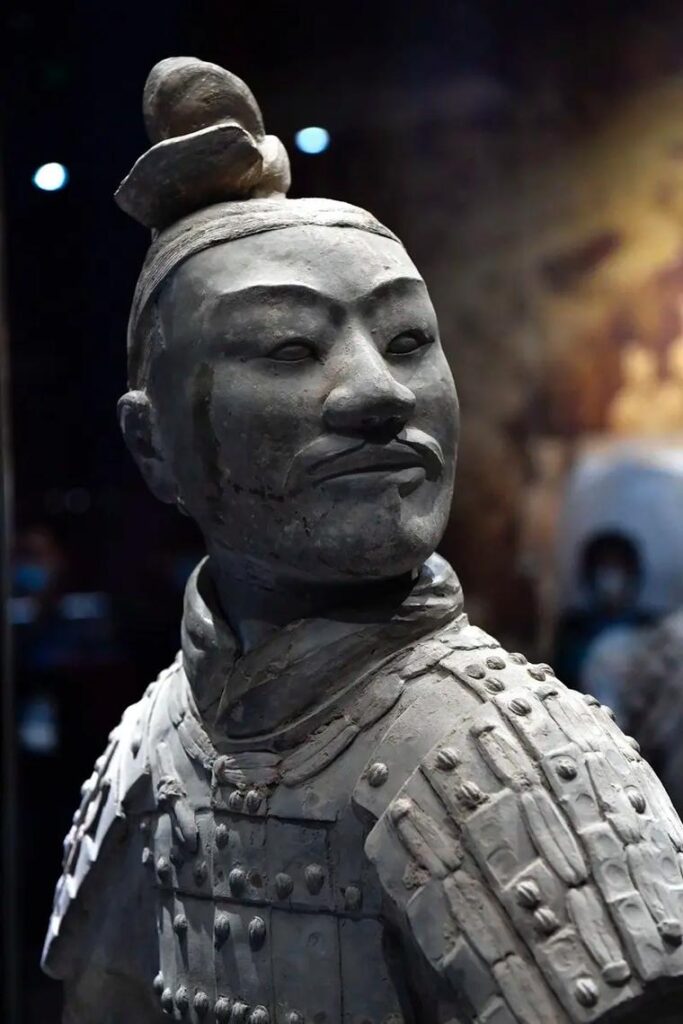
Most touching proof: In the restoration lab, CT scans reveal a 2,200-year-old fingerprint inside a warrior’s belly—left by its maker. It echoes Yang Zhifa’s handprint on that 1974 shovel.
Chapter 6: What This Tells Us
Standing above Pit 1 today, consider:
- “Luck” has logic: Drought → Well → Discovery = Human survival instinct meets buried history.
- Ordinary heroes: Without Yang’s courage (ignoring “ghost” fears), warriors might still sleep underground.
- History’s irony: Qin dynasty laws executed tomb secret-leakers. Yet in the end, farmers with shovels “spilled the secret.”
When guides point to the white circle marking the 1974 well, remember: This spot isn’t just GPS coordinates—it’s proof that earth-shaking discoveries hide in life’s ordinary moments. Like your great-grandpa helping build the Empire State Building without knowing its fame, those Xi’an farmers never imagined their search for water would unlock humanity’s shared memory.
Grab a warrior fridge magnet on your way out. It’s more than a souvenir—it’s a salute to chance. The next world-changing discovery? Maybe waiting under your backyard.

